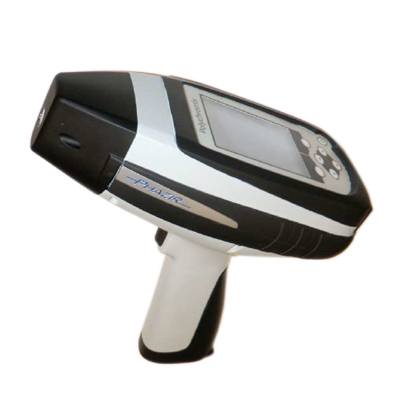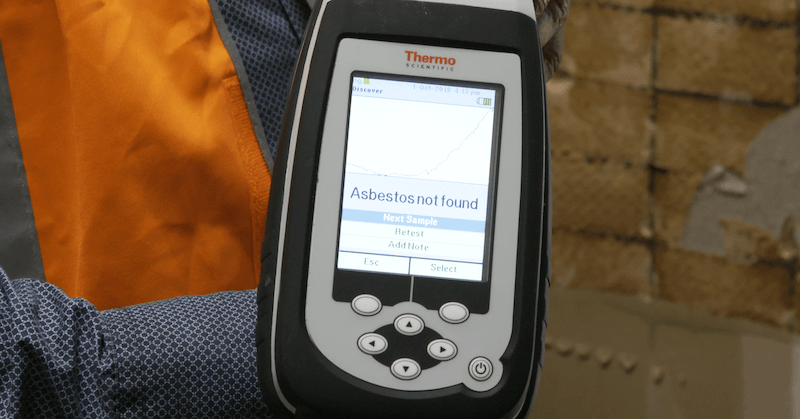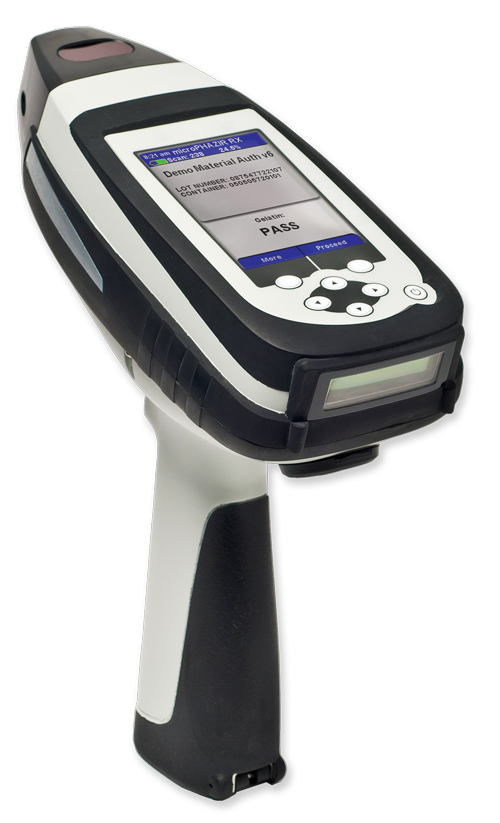Asbestos Resources And Information Guide
Finding asbestos at a site creates not only a potentially dangerous situation for workers, but it leads to stoppages that cost businesses money while the area is tested and cleared.
We have compiled a very useful list of resources on asbestos, which we refer to in our detection and sampling process, including links to all the important Australian government bodies that monitor and regulate asbestos issues in the community.
We are – as are many in the industry – working diligently to stay ahead of any potential risks associated with asbestos.
Asbestos Information And Links
Since 2013, the Asbestos Safety and Eradication Agency has been overseeing national initiatives to raise awareness of asbestos-containing materials, and to provide management, removal and disposal of asbestos in an effective and safe manner. It provides advice and assistance, but does not enforce the law.
The Asbestos Disease Research Institute (ADRI) came to be in 2009 to address emerging public health concerns surrounding asbestos-related diseases. ADRI studies asbestos-related diseases in terms of pre-clinical (basic), clinical, and epidemiological methods, leading to improved methods of prevention, diagnostic, therapeutic procedures, and treatment strategies. As part of its national work on prevention and public health, the organisation provides support for patients, advocates for public policy, and raises awareness about preventing future exposure to asbestos.
In 1945, all states and the Federal Government attended a conference on testing services coordination that led to NATA being formed two years later. As Australia’s foremost laboratory accreditation body, it provides a national testing service that covers all technical, industrial, and geographical areas of the country. So NATA enjoys a leading position on the international stage as an authority in ensuring technical standards in Australia.
The Australian Asbestos Network was developed through a project funded by the National Health and Medical Research Council that began in 2006. It aims to develop an online resource for people in the community who would like to learn more about asbestos; its history, current impacts on Australia and how they can all help minimise its harmful effects on our health and well-being.
The NSW Government is required under the Home Building Act 1989 to maintain a register of residential properties that contain loose-fill asbestos insulation. The register is known as the Loose-fill Asbestos Insulation Register (LFAI Register). The LFAI is in place in order to “provide safety, increased certainty and support to the community”, according to a statement from NSW Fair Trading.
The NSW Environment Protection Authority (EPA) is the primary environmental regulator for New South Wales. It partners with business, government and the community to reduce pollution and waste, protect human health, and prevent degradation of the environment. It encourages businesses to make sure their activities do not harm the environment and human health by: issuing environment protection licences; monitoring compliance; ordering the clean-up of pollution and imposing fines or prosecuting organisations and individuals who break the law. It also responds to and manages pollution incidents involving hazardous materials such as asbestos (in collaboration with other government agencies).
You can find asbestos disposal facilities using this search tool provided by The Asbestos Safety and Eradication Agency. Always call or contact your disposal facility prior to transporting any asbestos waste. Many facilities will only accept and handle asbestos waste at certain times, in order to maximise landfill efficiency and minimise health risks. Most facilities also have procedures (for example, asbestos waste wrapping requirements) that people disposing will need to follow carefully, to ensure asbestos waste is accepted by the facility.
The NSW Asbestos Coordination Committee (NACC) works to improve the management, monitoring and response to asbestos issues in NSW through collaboration and programs. A number of NSW state agencies and other organisations collaborate through the NACC.
The SWA was established in 2008 by the Australian government to develop national policies on occupational safety and health. Workers’ compensation and WHS policies are developed through this agency. It is responsible for developing and evaluating national policies and strategies; developing and evaluating model WHS legislative frameworks; conducting research; and collecting, analysing and reporting data. The national policy body has no regulating authority over workplace safety laws. WHS laws are regulated and enforced by the Commonwealth and the states and territories. If you manage or control a workplace, you are responsible for ensuring an asbestos register is prepared, maintained, and accessible.
As well as developing and delivering policies and programs, the Department advises the Australian Government on health issues. Assuring better health for all Australians is one of its goals. It provides valuable information to all Australians regarding asbestos health risks. It is the 100th anniversary of the Department of Health this year. It was created in 1921 after a pandemic, and now it is dealing with a COVID-19 pandemic in 2021.
The WHS Act aims to protect the health and safety of workers and workplaces by eliminating or minimising hazards and risks, in order to provide maximum protection against hazards and risks. Compliance and enforcement guidelines support the WHS legislation.
For help with non-destructive asbestos screening, detection and identification, Portable Analytical Solutions has an effective, real-time and reliable solution. Contact us today.



